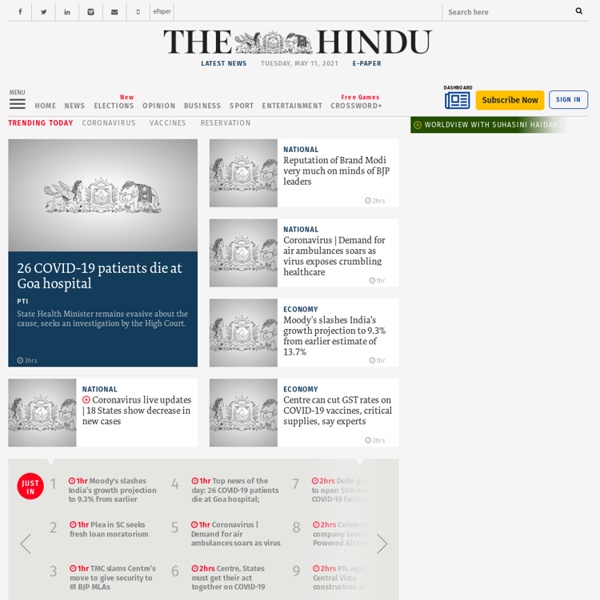



Coronavirus distancing measures lifted as Cyclone Harold lashes Vanuatu Posted about an hour agoMon 6 Apr 2020, 3:43am Tens of thousands of people across Vanuatu are bunkering down as a powerful category five cyclone moves slowly across the Pacific island nation. Key points: Bans on public gatherings are lifted to allow people to make their way to evacuation centresCurrent rules on social distancing against the coronavirus won't apply in sheltersVanuatu is still preparing for the worst after receiving a weather warning this morning There are warnings of heavy rain and flash flooding for low-lying areas and winds of up to 215 kilometres per hour at the cyclone's centre. Vanuatu is already in a state of emergency because of coronavirus although the country has no confirmed cases. Over the weekend, disaster authorities had to lift bans on public gatherings larger than five, to ensure people made their way to evacuation centres. Vanuatu's National Disaster Management Office (NDMO) told people current rules on social distancing will not apply in shelters.
News Headlines, Celebs and Football - Mirror.co.uk Online Notes For IAS, UPSC and Civil Services - The Smart Notes Treebones Resort Prehistoric India - India during the Pre-historic Period The history of human settlements in India goes back to prehistoric times and no written records are available for the prehistoric India. However, plenty of archaeological remains are found in different parts of India to reconstruct the history of this period. They include the stone tools, pottery, artifacts and metal implements used by pre-historic people. The development of archaeology helps much to understand the life and culture of the people who lived in this period. In India, the prehistoric period is divided into the Paleolithic (Old Stone Age), Mesolithic (Middle Stone Age), Neolithic (New Stone Age) and the Metal Age. However, these periods were not uniform throughout the Indian subcontinent. Palaeolithic or Old Stone Age – Prehistoric India The Old Stone Age sites are widely found in various parts of the Indian subcontinent. a. In the Old Stone Age, food was obtained by hunting animals and gathering edible plants and tubers. Mesolithic or Middle Stone Age – Prehistoric India
Climate crisis: in coronavirus lockdown, nature bounces back – but for how long? The environmental changes wrought by the coronavirus were first visible from space. Then, as the disease and the lockdown spread, they could be sensed in the sky above our heads, the air in our lungs and even the ground beneath our feet. While the human toll mounted horrendously from a single case in Wuhan to a global pandemic that has so far killed more than 88,000 people, nature, it seemed, was increasingly able to breathe more easily. As motorways cleared and factories closed, dirty brown pollution belts shrunk over cities and industrial centres in country after country within days of lockdown. For many experts, it is a glimpse of what the world might look like without fossil fuels. After decades of relentlessly increasing pressure, the human footprint on the earth has suddenly lightened. Key environmental indices, which have steadily deteriorated for more than half a century, have paused or improved. Fossil fuels This is what is happening in the United States and elsewhere.
World Newspapers and Magazines IASbaba - Free Online IAS Coaching Portland, Oregon Real Estate and Homes for Sale by Neighborhood, School Boundaries and Zip Code History of India - 4/9 - Learning resources to crack exams Economic and Social Life The Mughal period saw important social and economic developments. During this period, many European travelers and traders came to India and their accounts contain a mine of information about the socio-economic conditions of India. In general, they described the wealth and prosperity of India and also the luxurious life of the […] Babur (1526-1530) Babur was the founder of the Mughal Empire in India. His original name was Zahiruddin Muhammad. The history of Vijayanagar and Bahmani kingdoms constitutes an important chapter in the history of India. Rise and spread of Bhakti Movement in India The Saivaite Nayanmars and Vashnavaite Alwars preached the Bhakti cult under the Pallavas, Pandyas and Cholas. Administration of the Delhi Sultanate The establishment and expansion of the Delhi Sultanate led to the evolution of a powerful and efficient administrative system. The founder of the Tughlaq dynasty was Ghiyasuddin Tughlaq. The Invasion of Mahmud of Ghazni.
One COVID-19 positive infects 1.7 in India, lower than in hot zones | coronavirus outbreak News,The Indian Express Written by Amitabh Sinha | Pune | Updated: March 19, 2020 11:06:13 am In Wuhan in China, where the novel coronavirus originated, every person transmitted the virus to 2.14 persons on an average. (Reuters) One reason for the relatively slow increase in the number of novel coronavirus patients in India, as of now, could be the fact that every infected person has been passing on the virus only to another 1.7 people on an average. In Wuhan in China, where the novel coronavirus originated, every person transmitted the virus to 2.14 persons on an average. If the same rate persists, India is likely to have around 200 positive cases in the next five days, Sinha told The Indian Express. R-naught is a frequently used mathematical metric to estimate how contagious an infectious disease can be. Read | PM Modi to address nation today, random tests to include more pneumonia cases A less than one value for R-naught would mean that disease would not take the form of an epidemic. Infection table.
GreekReporter.com - Greek News from Around the Globe